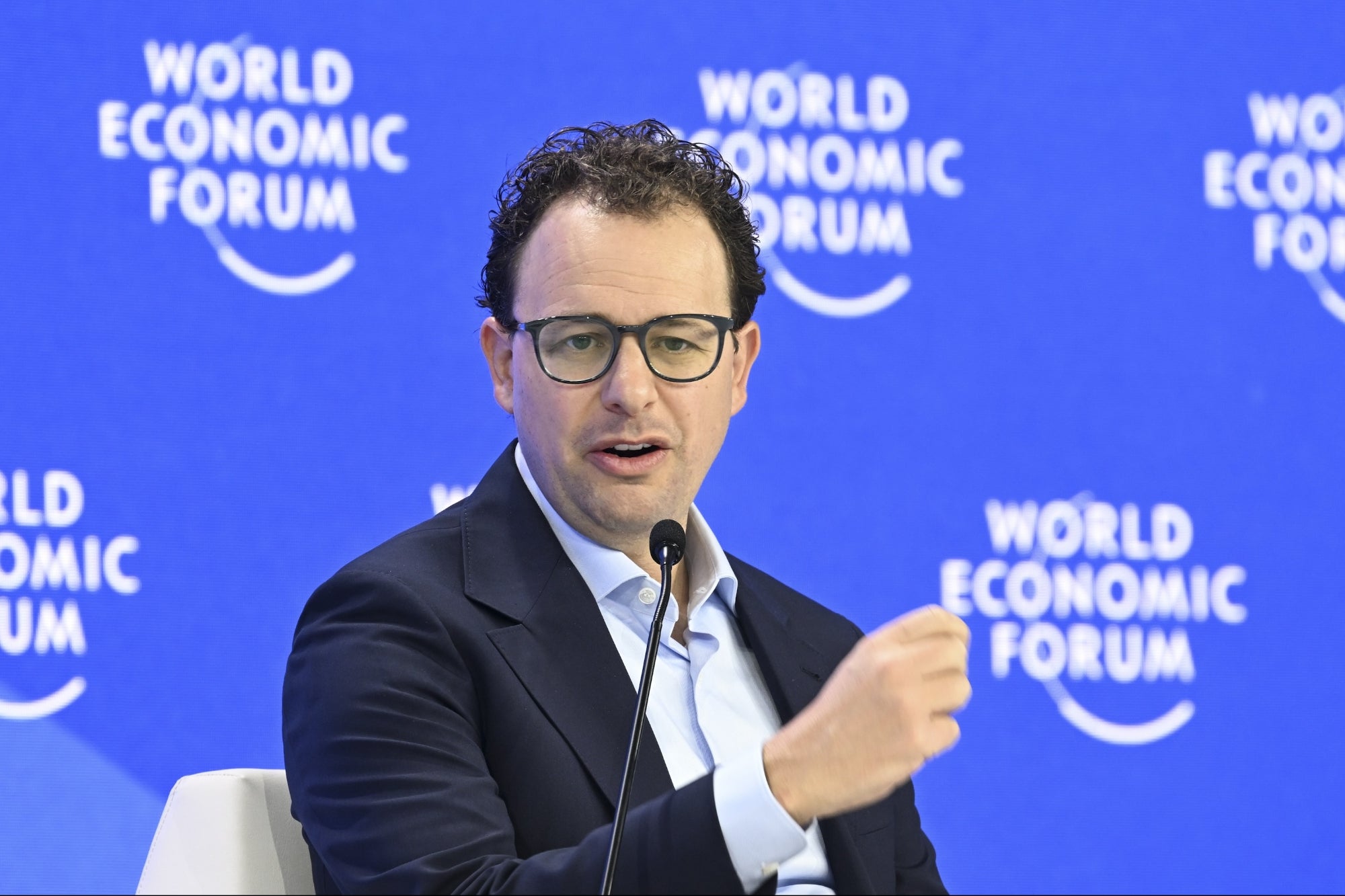Not All Revenue Is Good Revenue. Here's How Firing Bad Customers Can Save Your Startup. Learn about the hidden costs of keeping the wrong customers around.
By Will Fan Edited by Chelsea Brown
Key Takeaways
- Chasing every paying customer can divert your team's focus and energy away from your strategic goals. The wrong customers also drain morale and negatively influence product development.
- To fire a customer, start by identifying your ideal customer profile. Customers outside of this core profile often cause more harm than good.
- When firing a customer, you need to be honest and explain why their needs no longer align with your company's direction. Customers respect transparency, even if the conversation is difficult.
Opinions expressed by BIZ Experiences contributors are their own.
Firing a customer. It sounds counterintuitive, especially for startups hungry for revenue and growth. But the truth is, knowing exactly who your customers are — and more importantly, who they aren't — is one of the most critical skills for founders. It's a tough conversation, but sometimes you have to fire a customer to ensure your startup thrives. When a company is young and resources are scarce, every customer seems valuable.
Founders often chase after any paying client, hoping to drive quick revenue and prove their product's worth. However, as your business matures, it becomes clear that not all customers are beneficial. Some clients require disproportionate resources, constant attention and special treatment, diverting your team's focus and energy away from your strategic goals. These mismatches can not only drain morale but also negatively influence product development, steering your startup away from its core objectives and desired market positioning.
Recognizing these problematic relationships early on and addressing them proactively can be pivotal. While difficult, having the courage and clarity to fire a misaligned customer can liberate your resources, sharpen your company's direction and reinforce a culture of strategic clarity and focus.
Related: 5 Good Reasons to Fire Your Worst Customers
Understanding your ideal customer
When you're building a company, especially in tech, customer feedback is the lifeline of product development. But not all feedback is created equal. Misguided feedback from the wrong customers can lead you astray, diluting your focus, draining resources and potentially steering your product away from its core value.
Think about Dropbox in its early days. Initially, they tried appealing broadly to everyone who needed storage. As they scaled, Dropbox had to focus intensely on their core market: consumers who needed simple, reliable cloud storage. They consciously moved away from enterprise customers who demanded heavy customization and extensive support, effectively firing these less compatible customers. The move allowed Dropbox to streamline resources and cater to the mass consumer market more efficiently. Today, they're dominant precisely because they knew when to say no.
Another prime example is HubSpot. In the early stages, HubSpot accepted nearly any customer interested in inbound marketing solutions. But as the company grew, it realized some customers required disproportionate resources, continually pushed for features outside its core offering and diverted the product roadmap. By intentionally narrowing its customer profile, HubSpot improved service quality, enhanced product focus and grew sustainably. Firing mismatched customers didn't just protect their product — it clarified their brand.
When and how to fire a customer
So, how do you decide when to fire a customer? Start by identifying your ideal customer profile. The closer you align your product with a specific customer's needs, the more efficiently you can grow. Customers outside this core profile — those who drain resources, misalign with your strategic vision, or generate minimal profit — often cause more harm than good.
You might hesitate because revenue is revenue, right? But revenue from the wrong customers has hidden costs. They monopolize your team's time with special requests and constant support needs. They can lead your product astray by demanding features that don't serve your broader market. Long-term, this toxic revenue can harm your growth trajectory.
Firing a customer isn't negative — it's about reclaiming focus. Consider Evernote. At its peak, Evernote was beloved by users who relied heavily on note-taking simplicity. As they expanded, they attempted to cater to power users, adding complicated features that confused their core base. The backlash was swift. Ultimately, Evernote had to reverse course, refocusing on its primary customer base and removing distractions. Had they identified and gracefully exited from demanding customers earlier, they might have avoided costly missteps.
When firing a customer, honesty and clarity are key. Explain why their needs no longer align with your company's direction. Suggest alternative solutions or providers that might serve them better. Customers respect transparency, even if the conversation is difficult. By proactively managing your customer base, you protect your company's culture, product vision and long-term growth.
Related: 5 Reasons to Fire a Customer -- Plus 5 Steps to Take Before You Do
Looking forward
As a founder, your responsibility isn't just to gain customers — it's to gain the right customers. You're not just chasing numbers; you're building a sustainable, profitable and impactful company. When you have the courage to fire customers who no longer fit, you're reinforcing your company's clarity, sharpening your product focus and ultimately positioning your startup for greater success.
Knowing who your customers aren't can be just as valuable as knowing who they are. Remember, customer focus isn't about pleasing everyone — it's about passionately serving the right audience. By learning from companies like Dropbox, HubSpot and Evernote, startups can better navigate the delicate process of customer alignment. Firing a customer might seem uncomfortable today, but it could be exactly what your startup needs to thrive tomorrow.









